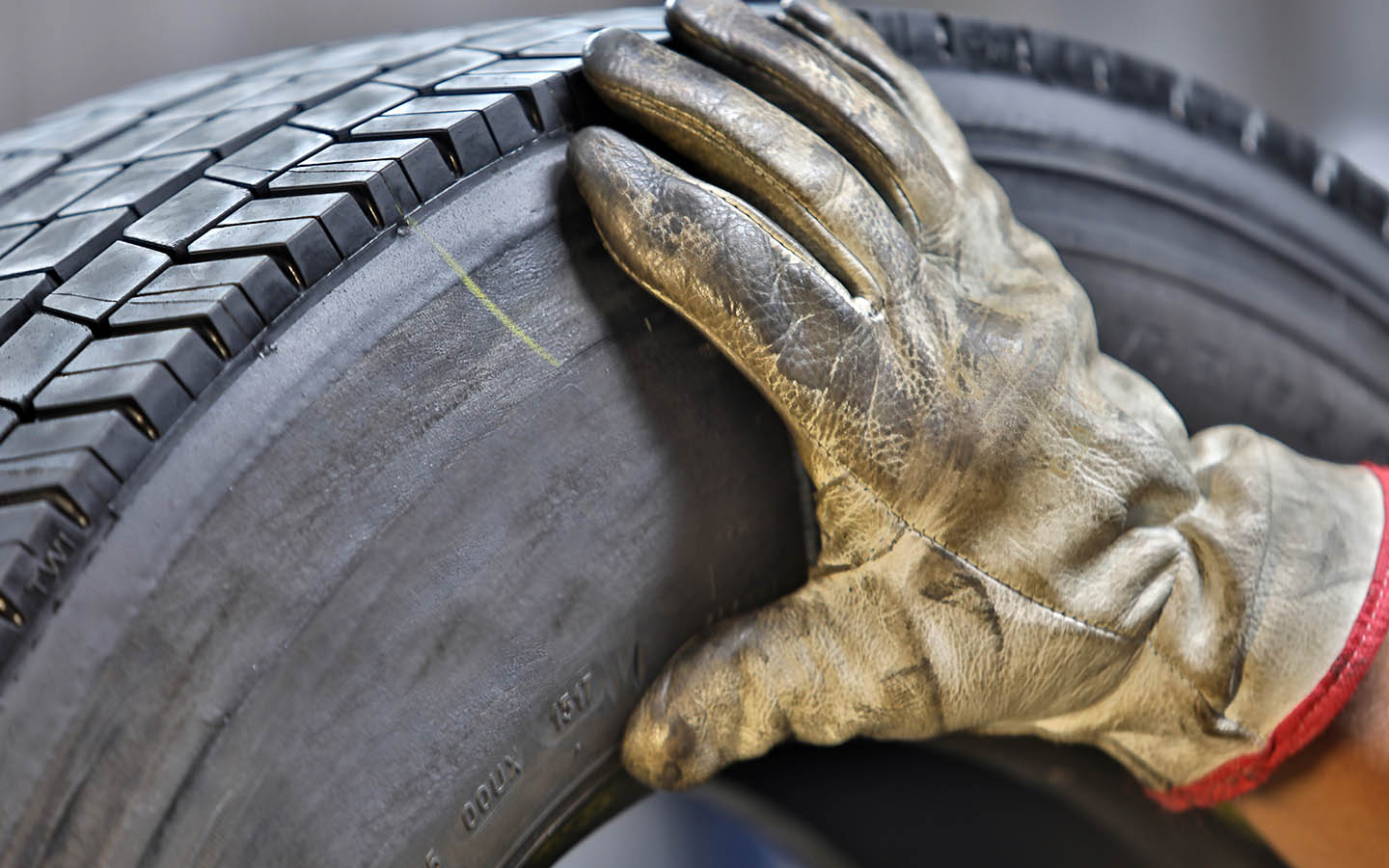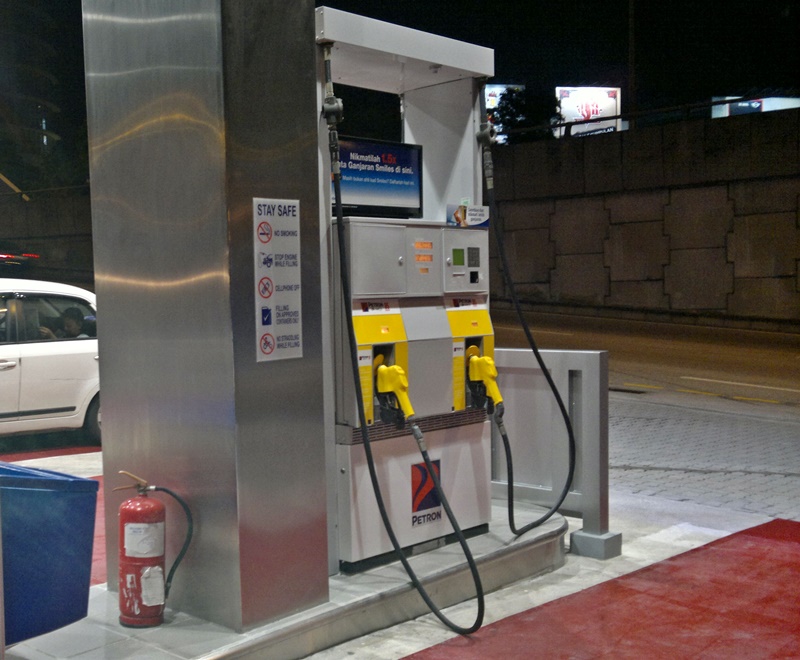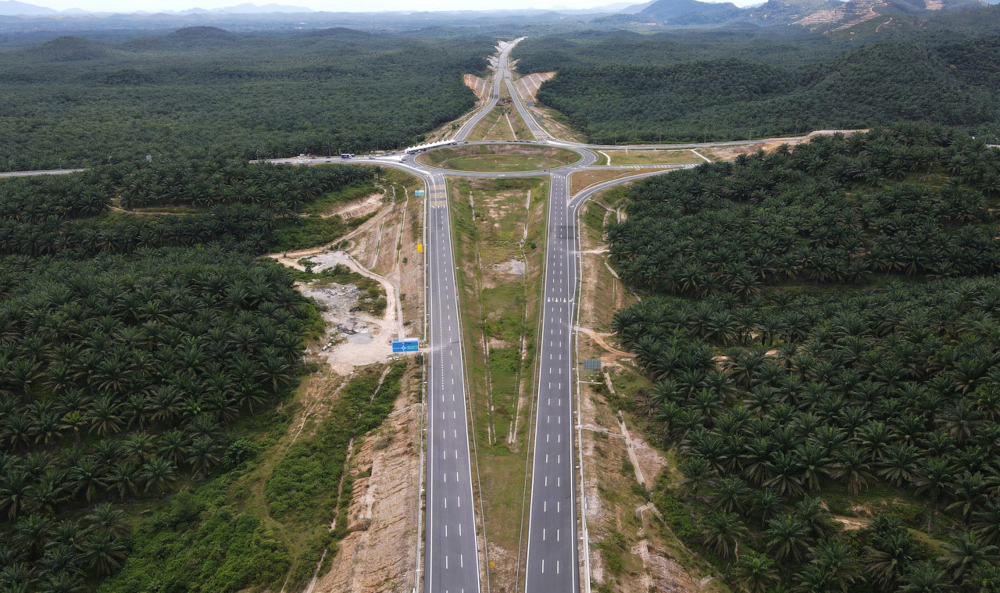Recent incidents involving heavy vehicle accidents have alarmed road users across the nation. Notably, these accidents often result in severe consequences, including loss of innocent lives, and frequently go viral on social media.
Statistics and Causes
Deputy Minister of Transport Datuk Hasbi Habibollah revealed that from January to March 2024, a total of 652 accidents involving various heavy vehicles were recorded. These vehicles include container trucks, small trucks, and express buses. The primary factors contributing to these accidents are:
- Driver Negligence: Drowsy driving and lack of attention.
- Speeding: Driving above the permitted speed limit.
- Overloading: Vehicles carrying more than the permissible load.
- Poor Maintenance: Inadequate upkeep of vehicles.
Public Concern and Calls for Action
The public has voiced concerns over these incidents, urging the government to enhance the monitoring and enforcement of transport vehicles. There is a widespread belief that stricter oversight could mitigate the frequency and severity of these accidents.
Tyre Retreading Tactics Exposed
A video recently went viral, showcasing the dubious practice of “adding flowers” to worn-out or bald tyres of lorries. This process, known as tyre retreading, involves carving new tread patterns into the base layer of old tyres, potentially leading to dangerous blowouts and further accidents.
Netizens expressed their outrage and provided insights into other unethical practices used to pass vehicle inspections at Puspakom (Computerized Vehicle Inspection Center). One common tactic involves renting tyres for the inspection process and then swapping them out for old tyres once the inspection is passed.
Suggestions for Improvement
Commenters on the viral video have proposed several measures to improve safety and enforcement:
- Stricter Penalties: Suing companies for substantial sums to enforce compliance, rather than solely holding drivers accountable.
- Operational Changes: Adjusting the operating hours for vehicles weighing 7.5 tons or more to reduce interactions with the general public, potentially limiting their operation to specific times or routes.
- Speed Limiters: Implementing mandatory speed limiters on heavy vehicles, including 4x4s, to ensure they adhere to safe speeds.
The recent spate of heavy vehicle accidents highlights the urgent need for improved monitoring, stricter enforcement, and better vehicle maintenance practices. Addressing these issues will require coordinated efforts from the government, transport companies, and drivers to ensure safer roads for everyone.






















